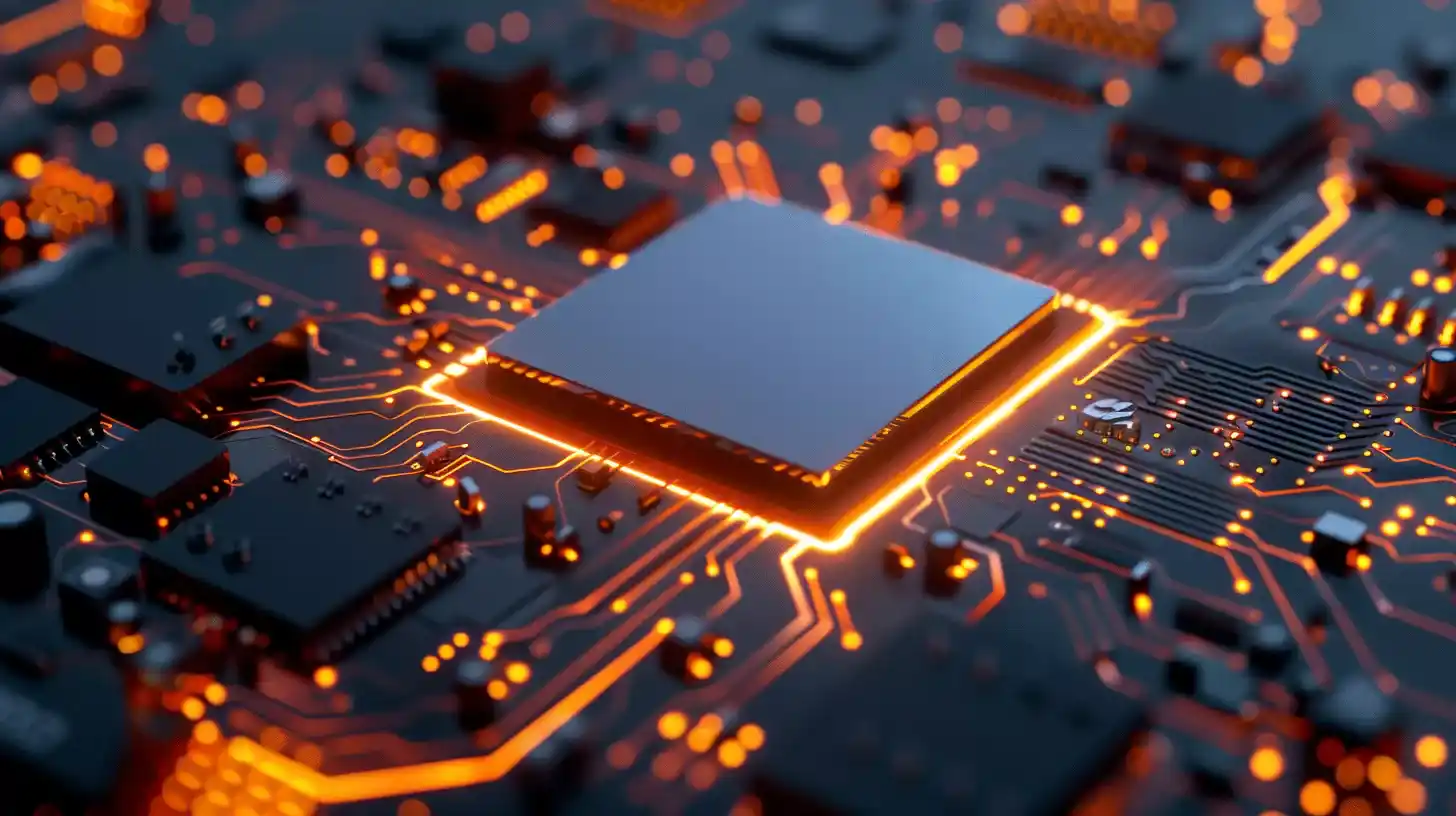Table of Contents
In the ever-evolving landscape of artificial intelligence (AI), the quest for faster and more efficient hardware solutions is relentless. Enter Groq, a company that has quietly been making waves with its groundbreaking AI chip, the Language Processing Unit (LPU). While the name might not be as familiar as giants like NVIDIA, Groq’s LPU is poised to disrupt the status quo and redefine the way we approach AI computations.
The Need for Speed: Groq AI Chip
Before we delve into the specifics of Groq’s LPU, let’s address the elephant in the room: speed. In the world of AI, speed matters—a lot. Whether it’s natural language processing, image recognition, or complex simulations, faster inference times translate to more responsive applications and improved user experiences.
Traditional GPUs (Graphics Processing Units) have long been the workhorses for AI inferencing. However, they come with limitations. Groq recognized these limitations and set out to create something better—a chip optimized specifically for AI workloads.
Amidst this technological fervor stands Groq, a somewhat under-the-radar company whose innovation in AI chip design is set to catalyze a seismic shift in the industry. Its Language Processing Unit (LPU) is not just another chip; Groq AI Chip is a beacon of the future, heralding an era where AI computations are not only faster but infinitely more efficient and scalable.
Meet Groq’s LPU

- Tensor Streaming Processor (TSP): Groq’s secret sauce lies in its novel processing unit—the TSP. Unlike GPUs, which rely on parallel processing with hundreds of cores, LPUs take a different approach. They prioritize deterministic performance for AI computations. The architecture eliminates the need for complex scheduling hardware, ensuring every clock cycle is utilized effectively. This predictability is crucial for real-time AI applications.
- Linear Processor Unit (LPU): Groq categorizes its TSP as an LPU. LPUs depart from the traditional SIMD (Single Instruction, Multiple Data) model used by GPUs. Instead, they favor a streamlined approach that minimizes latency and maximizes throughput. Developers can precisely predict and optimize performance, a game-changer for AI applications.
- Energy Efficiency: LPUs shine in energy efficiency. They deliver more computations per watt by avoiding the overhead of managing multiple threads and underutilized cores. In a world increasingly conscious of power consumption, this efficiency is a significant advantage.
- Scalability: Groq’s innovative chip design allows multiple LPUs to be linked together seamlessly. Unlike traditional bottlenecks in GPU clusters, LPUs scale linearly. Developers can expand their applications without rearchitecting their systems—a boon for large-scale AI models.
Groq vs. ChatGPT and Beyond
- ChatGPT: Groq’s LPU leaves Elon Musk’s Grok (the AI model behind ChatGPT) in the dust. While cutting-edge NVIDIA GPUs top out at 30 to 60 tokens per second, Groq’s LPUs offer 10x performance at 1/10th the latency. Imagine the impact on chatbots, language models, and other AI-driven services.
- The Future: Groq’s CEO boldly claims that most startups will adopt LPUs by the end of 2024. As demand for AI accelerates, LPUs could become the go-to solution for lightning-fast inference.
The Cornerstone of Innovation: Groq AI Chip
At the heart of this revolution lies the Groq AI chip, a masterpiece of engineering that encapsulates the essence of Groq’s innovative approach to AI hardware. This chip is more than just the core of their LPU; it represents a paradigm shift in the way we think about processing AI workloads. With its Tensor Streaming Processor (TSP), the Groq AI chip bypasses traditional bottlenecks and inefficiencies associated with conventional GPUs, offering a streamlined, high-throughput architecture that ensures every computation is executed with precision and speed.
This design philosophy not only enhances performance but also significantly reduces the latency involved in AI inferencing, making it an ideal solution for applications requiring real-time processing capabilities. The Groq AI chip stands as a testament to the company’s commitment to pushing the boundaries of what’s possible, embodying the spirit of innovation that drives the evolution of artificial intelligence technology.
Through this chip, Groq not only challenges the status quo but also sets a new benchmark for the future of AI computation, offering a glimpse into a future where AI can operate at the speed of thought, transforming the landscape of technology and society in profound ways.
The Industry’s New Benchmark
Groq’s bold vision extends beyond mere performance metrics; it’s about reshaping the landscape of AI computing. As the industry watches, the LPU stands ready to challenge established norms and set a new standard for what is achievable. This isn’t just about outpacing competitors; it’s about laying the groundwork for the AI applications of tomorrow—applications that will drive innovation, transform industries, and redefine our interaction with technology.
In conclusion, Groq’s LPU signifies a pivotal moment in the evolution of AI technology. With its blend of blistering speed, unrivaled efficiency, and unprecedented scalability, it’s not just revolutionizing AI inference; it’s setting the stage for the next wave of technological breakthroughs. As we look to the future, Groq’s LPU is a reminder of the transformative power of technology and the endless possibilities that lie ahead in the quest to unlock the full potential of artificial intelligence.
Related Article
Groq: The AI Language Interface That’s Taking the World by Storm